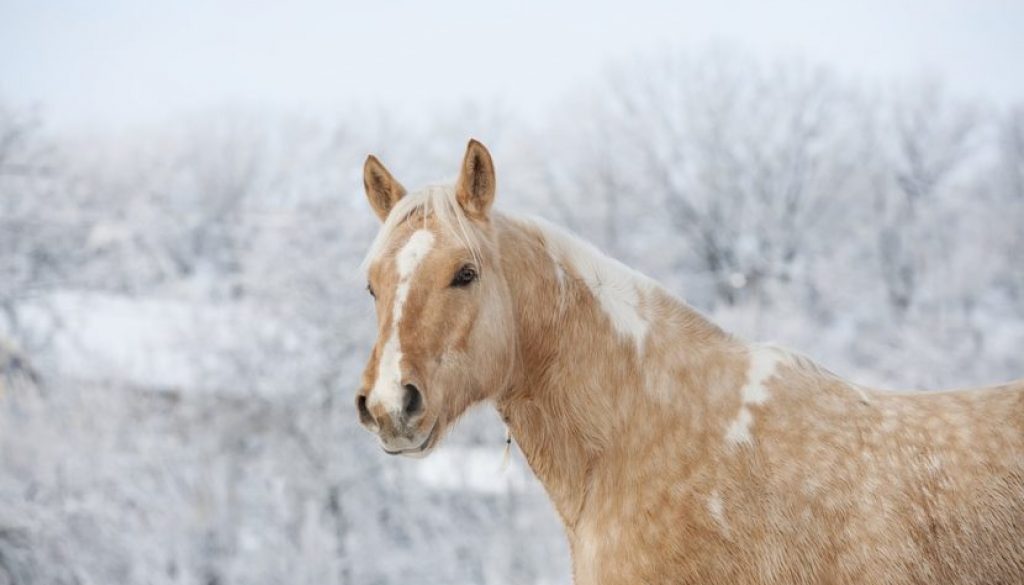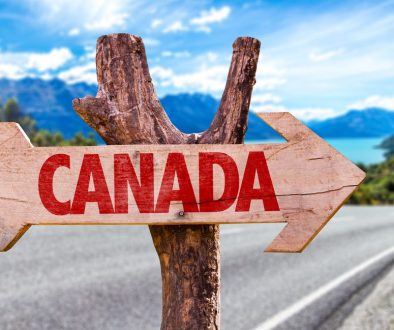Canada on horseback
Even though Canada is huge, it only has a population of just over 30 million people. The fact that the country’s size is not proportional to its population, is an indicator that there are many unspoilt and little-explored areas. This has a lot to do with the low temperatures in the areas close to the North Pole and also its landscapes.
To the south, on the border with the United States, are the majority of the main cities with a modern and cosmopolitan atmosphere, whereas in the north there are quieter mountain towns near lakes. These places are where people mainly live in the traditional way near mountains, far from the noise and pollution of cars.
Apply online and get the eTA travel authorization on your email.
The country has a long tradition of horse riding – not only because of the image of the mounted police, but also because you can ride a horse all over the country, from alpine trails in the Rocky Mountains, to cattle trails in the plains and through the Maple tree forests in the east. Aborigines were the first to use horses and did so during centuries for hunting and trading. In later years, with the growth of livestock, horse riding became the tradition of ranches. Whether you want to go horse riding for an adventure while on holiday and to get to know Canada’s spectacular scenery, to improve your riding skills or simply to relax and enjoy the quiet life of a cowboy, Canada is your perfect destination!
The horse riding tradition is still maintained by cattle herders in the central plains and there are horse events and festivals all year round, culminating in the famous annual stampede in Calgary every July.
This event has been described as the biggest outdoor event on the planet. The world’s biggest rodeo attracts approximately 1.2 million people every year over a ten-day period. Moreover, in Calgary you can ride a horse all year round.
Not sure if you can apply for Canada ETA visa? Check here for the application requirements.
The Rocky Mountains
The Rocky Mountains, which are a backdrop to this city, can also been seen on horseback. In this mountain range, specifically in the Banff National Park, there are pathways through dense forests leading to impressive rivers, turquoise-coloured lakes, glaciers and snowy landscapes. Perfect if you love wildlife in all its glory
The Saskatchewan Prairies
Every year, many foreigners, especially from other parts of North America, are attracted by the romantic stories of the American Frontier. In the province of Saskatchewan, horse riding is not a tourist attraction, it is a real way of life. On the ranches, visitors can experience prairie life, as well as being able to see grass-covered hills and boreal forests. Located in the centre of the province, the Prince Albert National Park, conserves thousands of kilometres squared of natural boreal forest and you can spot wandering wildlife such as wild buffalos.
The Yukon wildlands
No horse riding trip around Canada is complete without a visit to Yukon. This province in the northwest of Canada next to the border with Alaska, is an undeniable experience of wild beauty: glacier valleys, turquoise rivers and lakes, forests, alpine prairies and other tundra landscapes.
Yukon has natural wonders which are great to see on horseback:
Canada’s highest peak.
The largest non-polar icefields in the world.
Many Canadian Heritage rivers.
Boreal forests.
Abundant wildlife such as bears and caribous.
See also: Ottawa: A Guide to Canada’s Charming Capital City
Ranches and Guides
In many of these places, guides and tour companies offer various types of horseback adventures.
If you have never rode a horse, the ranches offer beginners’ classes and advice on how to build your bond with the horse.
The guides normally organise everything, from the use of horse riding boots and fitting out the horses, to the preparation of the local gourmet cuisine.
Some of the adventures include rides through the desert, along cattle trails and in carts.
For foreign visitors, the tours must be planned in advance in order to obtain the Canada Permit, book the guide, find accommodation and prepare your itinerary.
There are various accommodation choices including camping, cabins, hostels and ranches.



